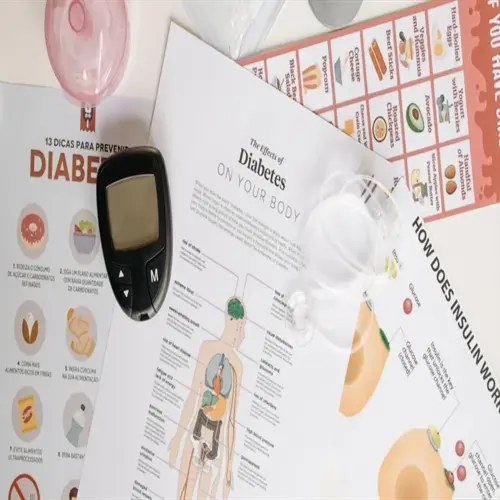Does age affect ideal body composition targets?

Written by
Robert Kelly
Reviewed by
Prof. Benjamin Murphy, Ph.D.Ideal body composition changes significantly with age due to normal physiological changes in the body. After the age of 30, adults lose 1-2% of their muscle mass per decade without intervention. The requirements for essential fat are steady, but a slowed metabolism increases the risk of accumulating visceral fat. Regular analysis of body composition enables adjustments to be made to account for life stages.
Muscle and Bone Shifts
- Sarcopenia progression: 3-8% muscle loss per decade after 30
- Bone density decline: 0.5-1% yearly reduction post-menopause
- Metabolic slowdown: 2-4% calorie burn reduction per decade
Fat Distribution Changes
- Visceral fat increase: Hormonal changes promote abdominal storage
- Subcutaneous redistribution: Shifts from limbs to torso
- Essential fat stability: Minimum requirements unchanged lifelong
Hormonal changes are responsible for many of the age-related changes that occur. A decrease in testosterone and estrogen leads to greater loss of muscle and increased storage of abdominal fat. A reduction in growth hormone leads to slower tissue repair. Due to these changes, protein intake is crucial, with a recommended daily intake of 1.2 to 2.0 grams per kilogram of body weight. This level of protein intake helps combat sarcopenia and maintain metabolic health.
Visceral fat tolerance declines with age due to a decline in metabolic activity. What is tolerable at 30 becomes dangerous at 50. I help clients achieve visceral ratings of below 8 before the 40 mark and below 10 at the 50 mark. High-fiber diets and aerobic exercise programs are the answer to this deadly fat.
Modify your strategy every 10 years. Resistance training should be emphasized to maintain muscle. Gradually increase your protein intake. Begin tracking bone density starting at age 50. A quarter-annually body composition analysis will allow you to determine if things are going in the right direction or if you need to modify your approach.
Read the full article: Understanding Body Composition Analysis: A Full Guide

